#toucouleur
Text

Toucouleur woman, Senegal, by Mag Vision
#toucouleur#senegal#africa#folk clothing#traditional clothing#traditional fashion#cultural clothing#fulani#western africa
370 notes
·
View notes
Text
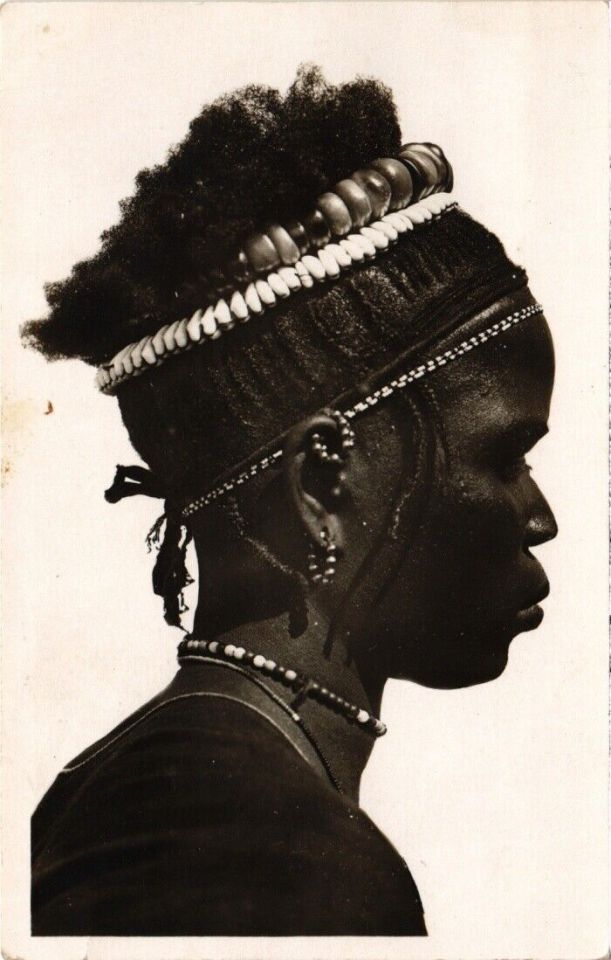
Toucouleur woman from Mali
French vintage postcard
#postkaart#carte postale#french#briefkaart#old#toucouleur#sepia#postkarte#vintage#postal#photography#ephemera#postcard#mali#tarjeta#woman#photo#ansichtskarte#historic
3 notes
·
View notes
Text
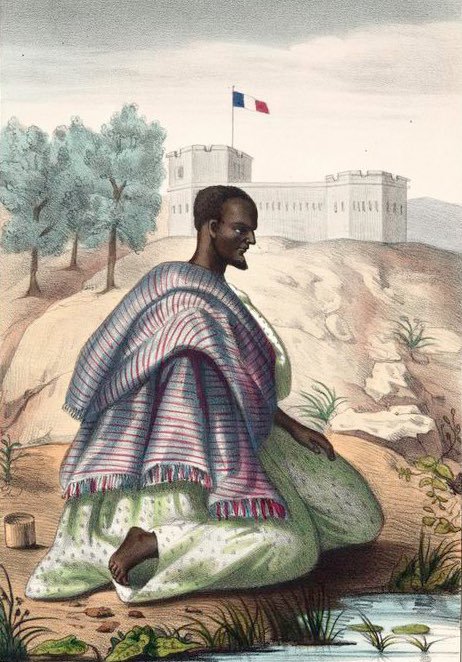
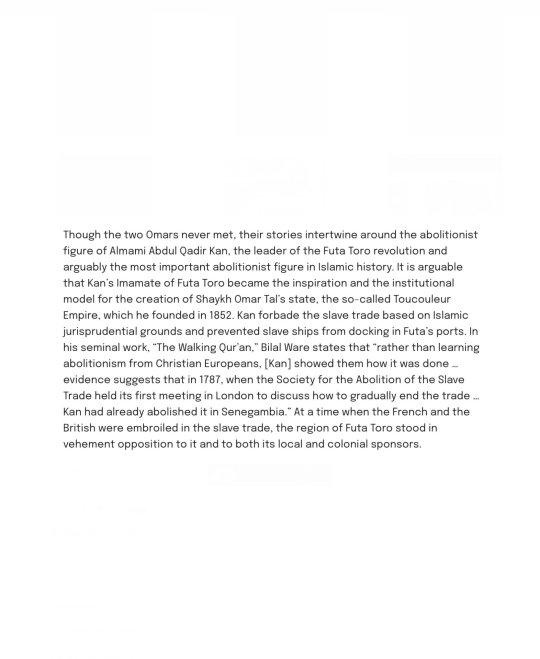
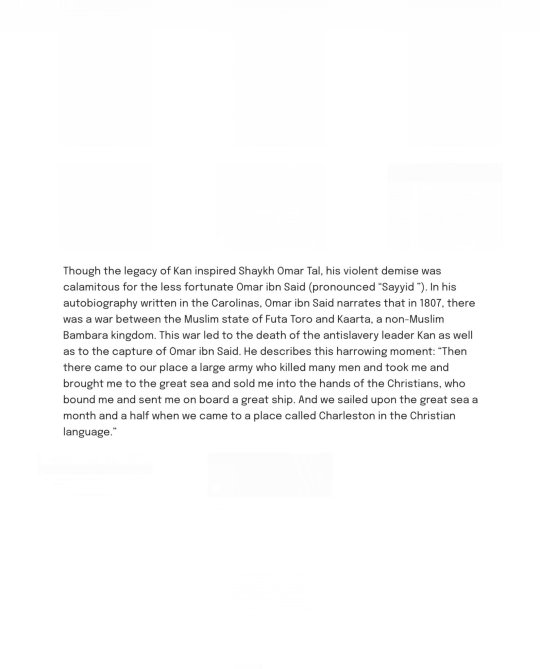
#abolition#islamic history#african history#Imam abd al-qadir kan#Bambara#transatlantic slave trade#Toucouleur Empire
2 notes
·
View notes
Photo

The Sahara and the Sahel were marked in the 19th century by a series of holy wars, modifying societies and state structures. Some men and groups question the powers that be. Dan Fodio founded the Caliphate of Sokoto and El-Hadj Omar the Toucouleur empire.
by @LegendesCarto
79 notes
·
View notes
Text
Ce qu’il faut comprendre des Castes chez les Toucouleurs
ICYMI: https://looybi.com/style-de-vie/societe-ce-qu-il-faut-comprendre-caste-2020-02-28?utm_source=dlvr.it&utm_medium=tumblr
0 notes
Text
Constat du maire de la ville de Dakar sur les travaux dans la Commune de Biscuiterie
Je suis heureux de constater que les travaux avancent à très grands pas dans la Commune de Biscuiterie, particulièrement dans le quartier de BOPP.
dans la Commune de Biscuiterie@mertoactu
À ce jour, la réhabilitation de la voirie, l’aménagement du jardin, le pavage des alentours de la Mosquée Toucouleur, l’éclairage public et les travaux d’assainissement de BOPP sont en train d’être…
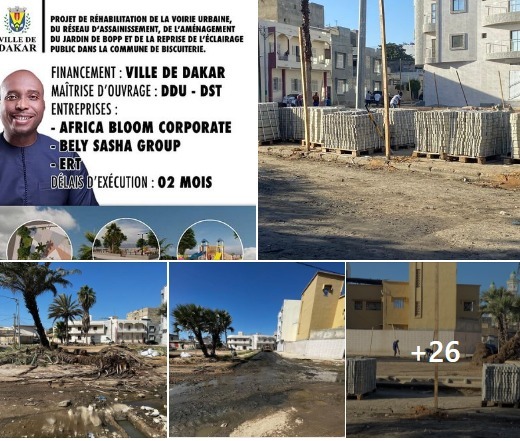
View On WordPress
0 notes
Video
youtube
Ancient AFRICAN Hair Growth Secrets to EASILY grow long Natural hair
#AFRICAN Hair Growth#native hair#mixed people hair#peuls#Toucouleurs#sahel#africa#features#travel#culture#beauty
2 notes
·
View notes
Photo
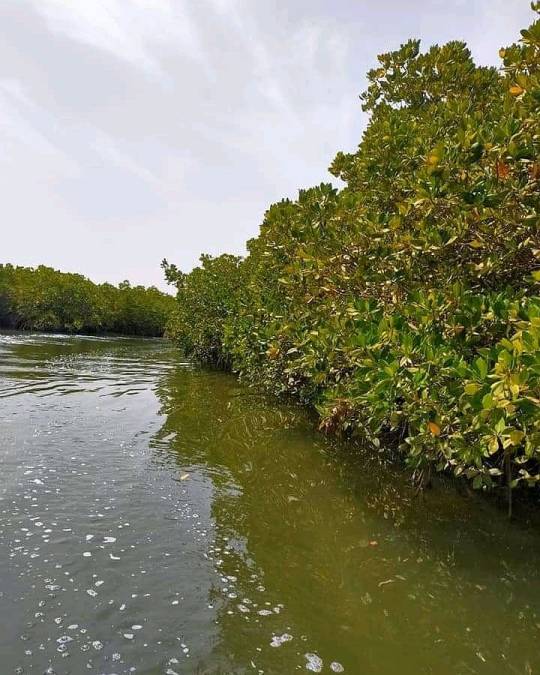
#tourismesenegal🇸🇳 #affiniam #casamance Affiniam est un #village du #Sénégal de la #communauté #rurale de Mangagoulack CR, située dans l'arrondissement de Tendouck et le département de Bignona, une subdivision de la région de #Ziguinchor dans la région historique de Casamance dans le sud du pays. Il est situé à quelques kilomètres au nord-ouest de Ziguinchor, de l'autre côté du fleuve Casamance. C'est l'un des villages où l'on parle encore le Diolas blouf. Il a été fondé par différentes familles nomades, Coly, Sagna, Dieme, Djiba, Niassy, Diedhiou, Diatta, Sambou, Manga. Une bonne partie de ces familles viennent du #Bandiale. Notons la présence de quelques familles #toucouleurs arrivées depuis la construction du barrage. #Affiniam est l'un des #villages diolas très ancré dans la culture #Diolas. Les rites diolas y sont très pratiqués, et ses habitants réputés dans le gardiennage du secret. Le village est divisé en différents quartiers dont Badjimeul (le quartier des sapeurs, noceurs), Thiamang, Diologuir, Yamir et Gabalang. Chaque quartier est divisé en sous-quartier dépendamment des affinités familiales et de l'espace géographique. https://www.instagram.com/p/COXO_zosxdU/?igshid=1fea1vsgcdor8
#tourismesenegal🇸🇳#affiniam#casamance#village#sénégal#communauté#rurale#ziguinchor#bandiale#toucouleurs#villages#diolas
0 notes
Photo
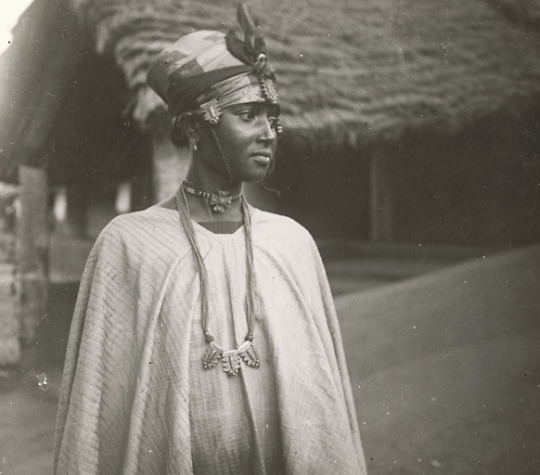
Fati Diallo, a Toucouleur woman, 1930-60.
84 notes
·
View notes
Photo
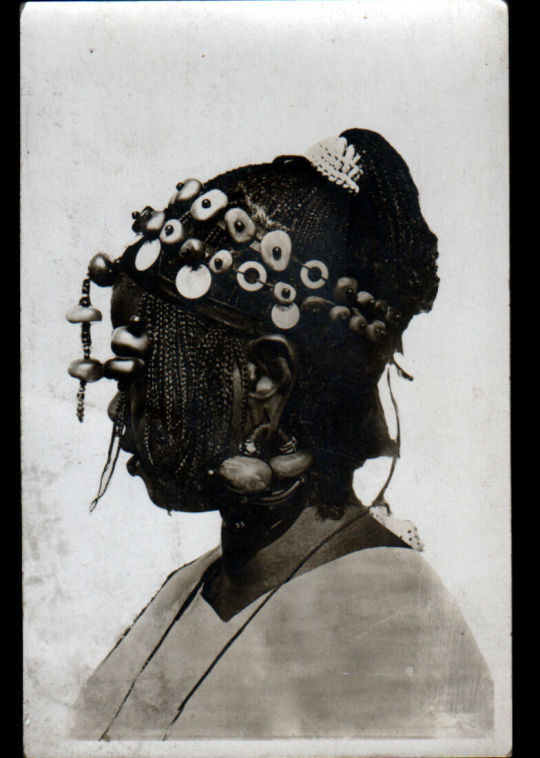
Femme Toucouleurs, Burkina Faso 1937
2K notes
·
View notes
Photo

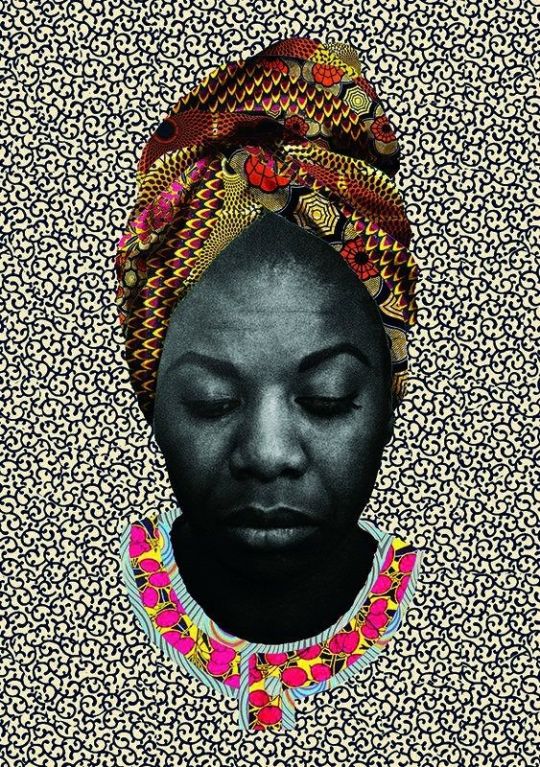

Nina Simone, was an American singer, songwriter, musician, arranger, and civil rights activist. Her music spanned a broad range of musical styles including classical, jazz, blues, folk, R&B, gospel, and pop.

The Yoruba people (Yoruba: Ìran Yorùbá) are an ethnic group that inhabits western Africa, mainly the countries of Nigeria, Benin, and Togo.
The Yoruba diaspora consists of two main groupings; first were Yorubas dispersed through Atlantic slave trade mainly to the western hemisphere and the second wave includes relatively recent migrants, the majority of which moved to the United Kingdom and the United States after major economic and political changes in the 1960s to 1980s
As an ethnic description, the word "Yoruba" (or more correctly "Yaraba") was originally in reference to the Oyo Empire
The alternative name Akú, derived from the first words of Yoruba greetings (such as Ẹ kú àárọ? "good morning", Ẹ kú alẹ? "good evening") has survived in certain parts of their diaspora as a self-descriptive, especially in Sierra Leone
The Yoruba are among the most urbanized people in Africa. For centuries before the arrival of the British colonial administration most Yoruba already lived in well structured urban centres organized around powerful city-states (Ìlú) centred around the residence of the Oba.In ancient times, most of these cities were fortresses, with high walls and gates.Yoruba cities have always been among the most populous in Africa. Archaeological findings indicate that Òyó-Ilé or Katunga, capital of the Yoruba empire of Oyo (fl. between the 11th and 19th centuries CE), had a population of over 100,000 people. For a long time also, Ibadan, one of the major Yoruba cities and founded in the 1800s, was the largest city in the whole of Sub Saharan Africa. Today, Lagos (Yoruba: Èkó), another major Yoruba city, with a population of over twenty million, remains the largest on the African continent
Ife continues to be seen as the "Spiritual Homeland" of the Yoruba. The city was surpassed by the Oyo Empire as the dominant Yoruba military and political power in the 11th century.
The Oyo Empire under its oba, known as the Alaafin of Oyo, was active in the African slave trade during the 18th century. The Yoruba often demanded slaves as a form of tribute of subject populations,who in turn sometimes made war on other peoples to capture the required slaves. Part of the slaves sold by the Oyo Empire entered the Atlantic slave trade.
Most of the city states were controlled by Obas (or royal sovereigns with various individual titles) and councils made up of Oloyes, recognised leaders of royal, noble and, often, even common descent, who joined them in ruling over the kingdoms through a series of guilds and cults. Different states saw differing ratios of power between the kingships and the chiefs' councils. Some, such as Oyo, had powerful, autocratic monarchs with almost total control, while in others such as the Ijebu city-states,the senatorial councils held more influence and the power of the ruler or Ọba, referred to as the Awujale of Ijebuland, was more limited

The Yoruba religion comprises the traditional religious and spiritual concepts and practices of the Yoruba people. Its homeland is in Southwestern Nigeria and the adjoining parts of Benin and Togo, a region that has come to be known as Yorubaland. Yoruba religion is formed of diverse traditions and has no single founder.Yoruba religious beliefs are part of itan, the total complex of songs, histories, stories and other cultural concepts that make up the Yoruba society.
One of the most common Yoruba traditional religious concepts has been the concept of Orisa. Orisa (also spelled Orisha or Orixa) are various godly forms that reflect one of the various manifestations or avatars of God in the Yoruba religious system. Some widely known Orisa are Ogun, (a god of metal, war and victory), Shango or Jakuta (a god of thunder, lightning, fire and justice who manifests as a king and who always wields a double-edged axe that conveys his divine authority and power), Esu Elegbara (a trickster who serves as the sole messenger of the pantheon, and who conveys the wish of men to the gods.
He understands every language spoken by humankind, and is also the guardian of the crossroads, Oríta méta in Yoruba) and Orunmila (a god of the Oracle). Eshu has two avatar forms, which are manifestations of his dual nature – positive and negative energies; Eshu Laroye, a teacher instructor and leader, and Eshu Ebita, a jester, deceitful, suggestive and cunning.Orunmila, for his part, reveals the past, gives solutions to problems in the present, and influences the future through the Ifa divination system, which is practised by oracle priests called Babalawos.

Olorun is one of the principal manifestations of the Supreme God of the Yoruba pantheon, the owner of the heavens, and is associated with the Sun known as Oòrùn in the Yoruba language. The two other principal forms of the supreme God are Olodumare—the supreme creator—and Olofin, who is the conduit between Òrunn (Heaven) and Ayé (Earth).
Oshumare is a god that manifests in the form of a rainbow, also known as Òsùmàrè in Yoruba, while Obatala is the god of clarity and creativity.as well as in some aspects of Umbanda, Winti, Obeah, Vodun and a host of others.
These varieties, or spiritual lineages as they are called, are practiced throughout areas of Nigeria, among others. As interest in African indigenous religions grows, Orisa communities and lineages can be found in parts of Europe and Asia as well. While estimates may vary, some scholars believe that there could be more than 100 million adherents of this spiritual tradition worldwide

The Fula, Fulani, or Fulɓe people are one of the largest ethnic groups are widely distributed, across the Sahel from the Atlantic coast to the Red Sea, particularly in West Africa. The countries where they are present include Mauritania, Ghana, Senegal, Guinea, the Gambia, Mali, Nigeria, Sierra Leone, Benin, Burkina Faso, Guinea Bissau, Cameroon, Ivory Coast, Niger, Chad, Togo, South Sudan, the Central African Republic, Liberia, and as far east as the Red Sea in Sudan and Egypt.
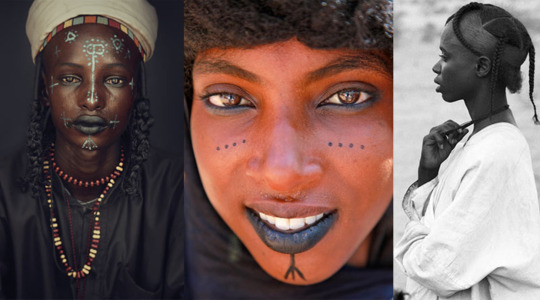
Walter Rodney in his book The History of the Upper Guinea Coast, argues that Fulbe are originally from North Africa and they conquered the Foota Djallon region led by the Fulani Koli Tenguella.

The ethnogenesis of the Fulani people may have begun as a result of interactions between an ancient West African population and North African populations such as Berbers or Egyptians. Their West African roots may be in and around the valley of Senegal River. They likely reflect a genetic intermix of people with West African, North African, and Arabian origins, and have been a part of many ruling dynasties particularly in the Sahel and West Africa .Speculations about their origins started in the era of European conquest and colonization.

The language of the Fulani is "Pulaar", which is also the language of the Toucouleurs. All Senegalese and Mauritanians who speak the language natively are known as the Halpulaa or Haalpulaar'en , which means "speakers of Pulaar" ("hal" is the root of the Pulaar verb haalugol , meaning "to speak"). In some areas, e.g. in northern Cameroon, Fulfulde is a local lingua franca.
There are three writing systems used to write this language: an Arabic derived one called Ajami, a Latin derived system with 6 sets, and a native phonetic-faithful system called Adlam recently invented in 1989; the third one is the most increasingly popular not only learnt by hundred thousands of people among the diaspora worldwide but has also apps and computer programs created to assist in the script's adoption.
Moral code
Central to the Fulani people's lifestyle is a code of behavior known as pulaaku or laawol Fulɓe (literally meaning the "Fulani pathways" which are passed on by each generation as high moral values of the Fulbe, which enable them to maintain their identity across boundaries and changes of lifestyle. Essentially viewed as what makes a person Fulani, or "Fulaniness", pulaaku includes:
Munyal: Patience, self-control, discipline, prudence
Gacce / Semteende: Modesty, respect for others (including foes)
Hakkille: Wisdom, forethought, personal responsibility, hospitality
Sagata / Tiinaade: Courage, hard work

#african#nina simone#yoruba#fula#fulani#munyal#wisdom#kemetic dreams#brownskinwoman#brownskin#brownskins#west africa#egypt#orisha#vodun#vodoo#african spirituality#african culture#african dna#africanancestrydna#africanancestry#crystal fox#manifest#manifestion#nigeria#nigerian#fulani pathways#keep your head up#who are you#african pride
609 notes
·
View notes
Text
Ndiadiane Ndiaye
The (possibly mythical) Ndiadiane Ndiaye was the founder of the Wolof empire. Stories of his ancestry vary but agree that he was the son of a foreign nobility. His first words were always in Pulaar rather than Wolof.
As the legend goes, he was born Ahmad Abu Bakr (14th century), and he fled his family in rejection of an arranged marriage and lived for three years in a cave near a river. When some fishermen got into a quarrel over some wood, Ndiaye came out of the water and divided it fairly before anything could escalate to bloodshed. In recognition of his wisdom, he was made king of Waalo, where he reigned for a few years.
When he learned of a plot against him, Ndiaye voluntarily left and settled in Wolof. It was here that he founded the Wolof Empire, bringing together landowners and disparate nations. It was a voluntary union between the Wolof, Serer, and Toucouleur kingdoms (different stories claim his ancestry in some or all of these groups).
The Wolof (or Jolof, Wollof, Djolof, etc.) Empire was a Senegambian state that grew peacefully and without any conquest. Landowners and existing power structures remained in power. Their political system was, according to Portuguese explores, very advanced. Their culture was incredible and included artisans, craftspeople, and griots (a historian/musician in charge of preserving oral tradition and advising leaders). While women's rights in marriage were limited, they were well represented in politics in multiple offices.
#history#world history#african history#black history#west african history#senegal#gambia#senegambia#wolof#jolof#empire#women's rights#historican figures#long post
13 notes
·
View notes
Text
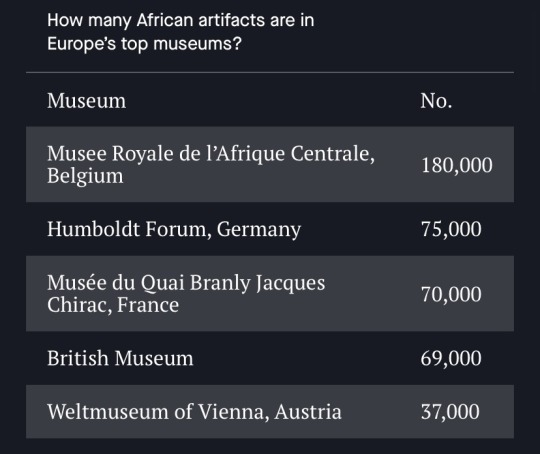
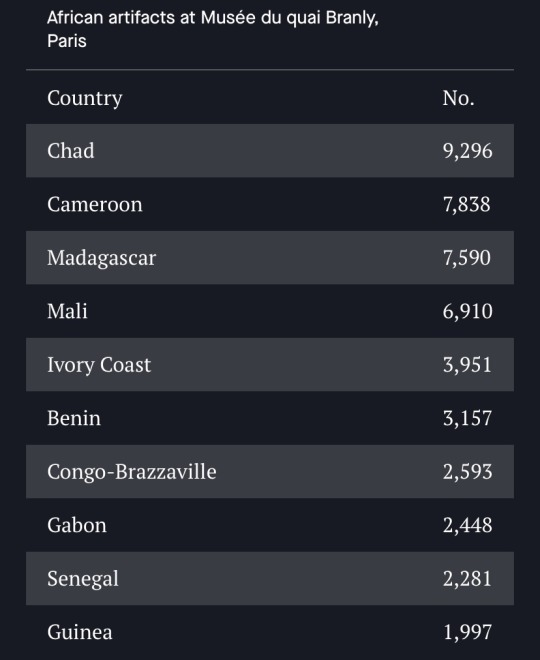
In 1890, the French staged a bloody siege in the Segou royal palace, the capital of the Toucouleur empire that spanned modern day Guinea, Senegal and Mali. This siege and the violent capture of the city of Ouossebougou in 1890 marked the end of the Toucouleur empire and the transfer of control of the region to French colonial rule.
In addition to the loss of lives and the destruction of property, the French officials plundered over a thousand pieces of significant cultural heritage to the people—including the saber of the founder of the empire, El Hadj Omar Tall.
https://qz.com/africa/1758619/europes-museums-are-fighting-to-keep-africas-stolen-artifacts/amp/
9 notes
·
View notes
Text
Du matériel agricole offert à des jeunes de Niani Toucouleur
Du matériel agricole offert à des jeunes de Niani Toucouleur
L’Agence allemande de coopération internationale pour le développement (GIZ), a offert jeudi, du matériel agricole à quelque 87 jeunes de la commune de Niani Toucouleur, dans le département de Tambacounda (Est), a constaté l’APS.
Le matériel agricole en question est essentiellement constitué de râteaux, pelles, brouettes, fourches, machettes, des semences pour 40 ha de maïs dont 20 kg de…
View On WordPress
0 notes
Photo
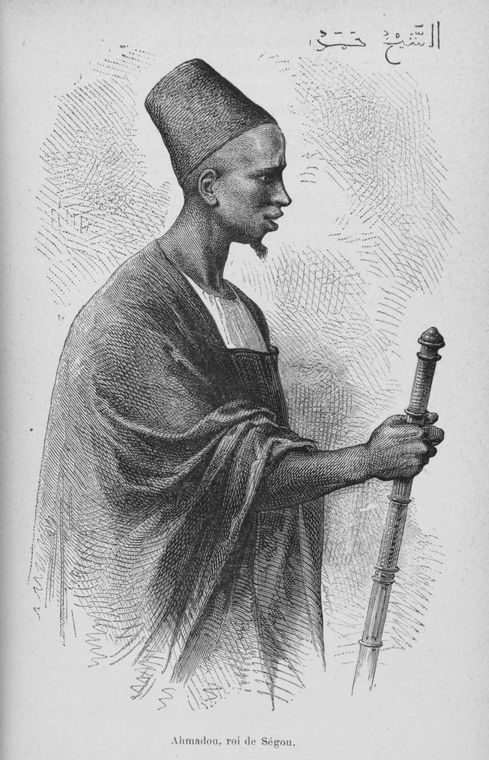
Ahmadou, roi de Ségou Ahmadu Tall (var. Ahmadu Seku/Sekou) Toucouleur ruler (Almami) of Ségou (now Mali) from 1864-1892.
Camille Pietri — Page 95 of Les français au Niger; voyages et combats, par le Capitaine Pietri. Ouvrage contenant 28 gravures et une carte. (published 1885) by Pietri, Camille , 1852-1885.
This print is also included in the earlier "Voyage dans le Soudan occidental (Sénégambie-Niger)" by Eugène Mage published in 1868 (page 291). Mage was in the Soudan 1863-1866.
50 notes
·
View notes